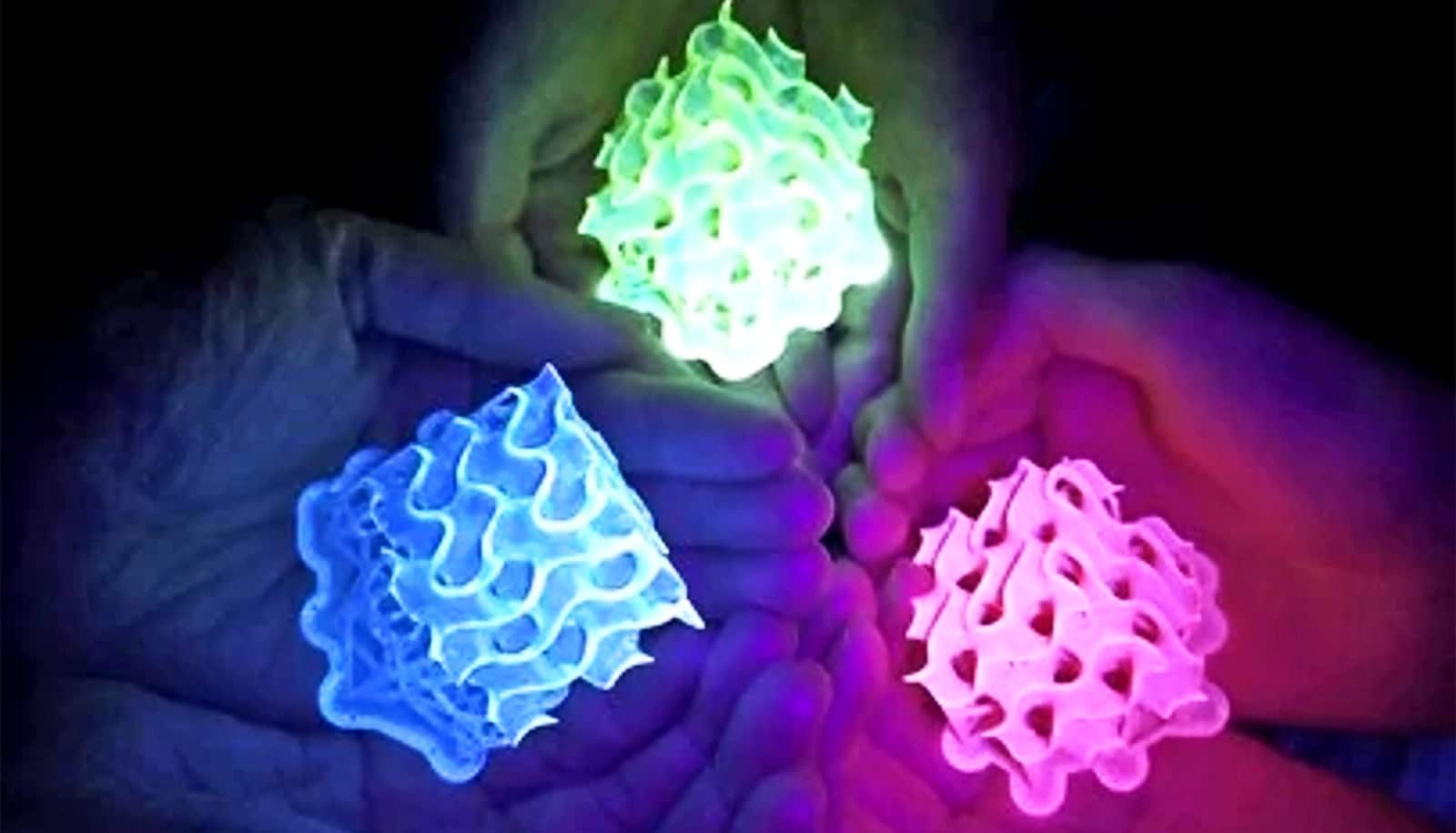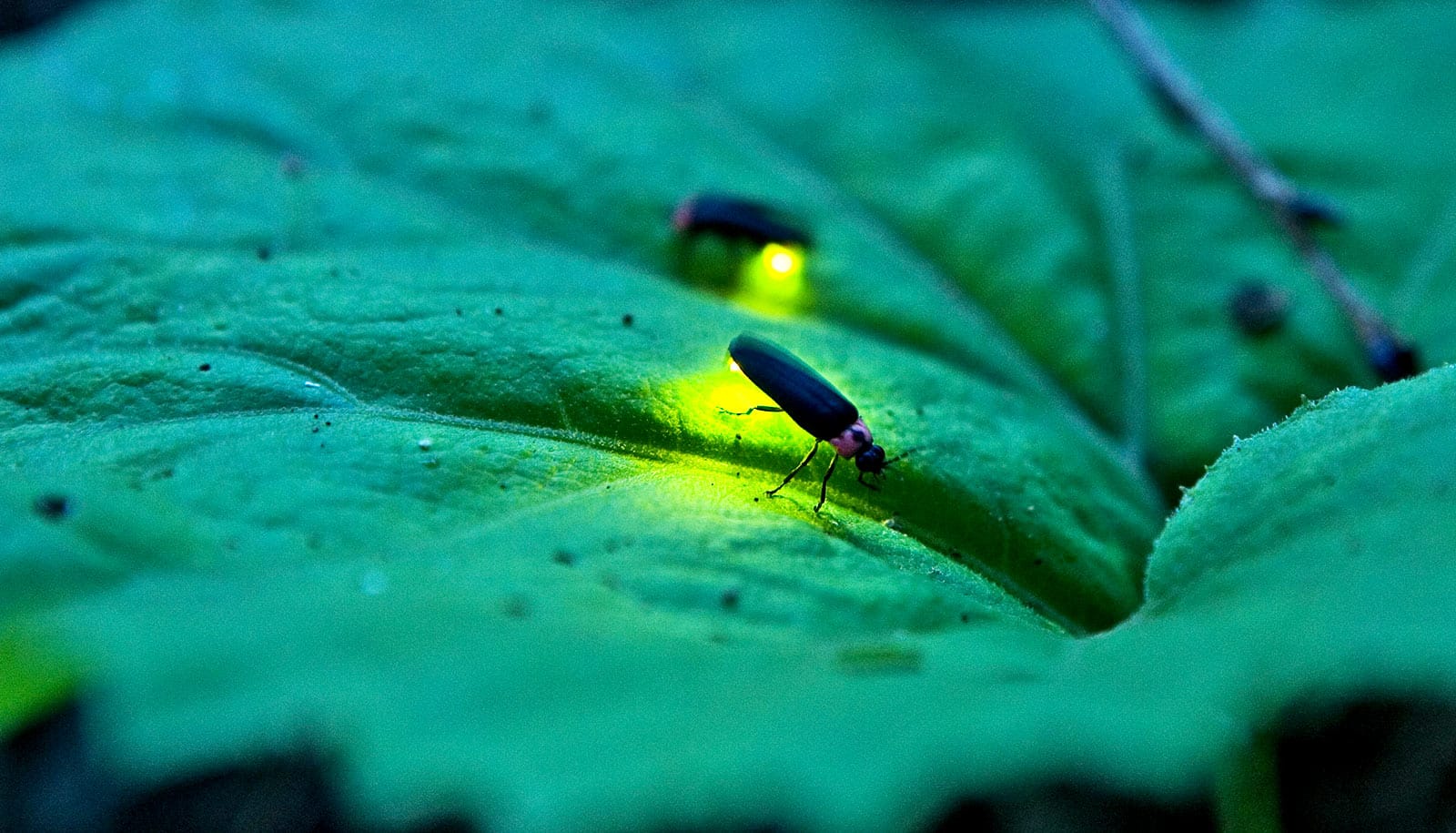Materials called small-molecule, ionic isolation lattices, or SMILES, are the brightest-known fluorescent materials, researchers report.
The patent-pending materials could address key setbacks to using fluorescent dyes as solid-state materials in academic and commercial applications.
“There are several commercial applications for SMILES, including medical diagnostics, solar concentrators, lasers, and more.”
“Think of SMILES like a light bulb, but instead of being turned on with electricity, they are turned on with light, including ultraviolet and visible light,” says Amar Flood, professor of chemistry at Indiana University. “These SMILES pack a lot of dyes inside a material that can absorb a lot of light and then re-radiate it as light without much loss.
“Fluorescence is critical to applications in optical materials and polymers including diagnostics, photonics and solar energy,” he adds.
“While fluorescent dyes are potential key components of these materials, electronic coupling between them in the solid state quenches their emission, preventing their reliable use in applications.”
The key advancement made with SMILES is their brightness, which contrasts with the quenching of the emission typically seen in other fluorescent materials. Normalized for volume, the SMILES materials operate at 7,000 brightness units, which is the highest-known level.
Flood says the brightness is the result of the molecular glue that makes the small-molecule dyes stick together in a checkerboard lattice. When the dyes are isolated from one another in the alternating checkerboard pattern, they “turn on their bright properties,” he says.
The researchers are interested in using the dyes in academic research topics.
“A range of exciting new uses can be envisioned,” Flood says. “We will use SMILES in light upconversion, which is considered for solar harvesting, and in circularly polarized luminescence needed for 3D displays. We also will use the dyes in switchable materials, which are common to photochromic glass that becomes darker when it is exposed to light or ultraviolet radiation.”
“There are several commercial applications for SMILES, including medical diagnostics, solar concentrators, lasers, and more,” Flood says. “Additionally, SMILES materials are simple to incorporate into commodity products such as polymers.”
Flood disclosed his discovery to the Indiana University’s Innovation and Commercialization Office, which has filed a patent application with the United States Patent and Trademark Office. Flood has licensed his discovery from the office and launched a startup company called Halophore to commercialize it.
The paper appears in the journal Chem. Additional coauthors are from Indiana University and the University of Copenhagen.
Source: Indiana University



